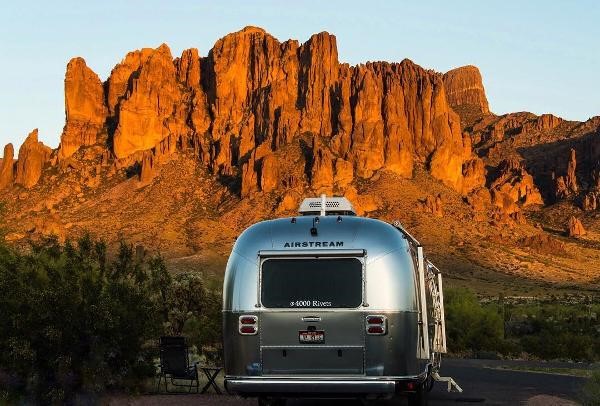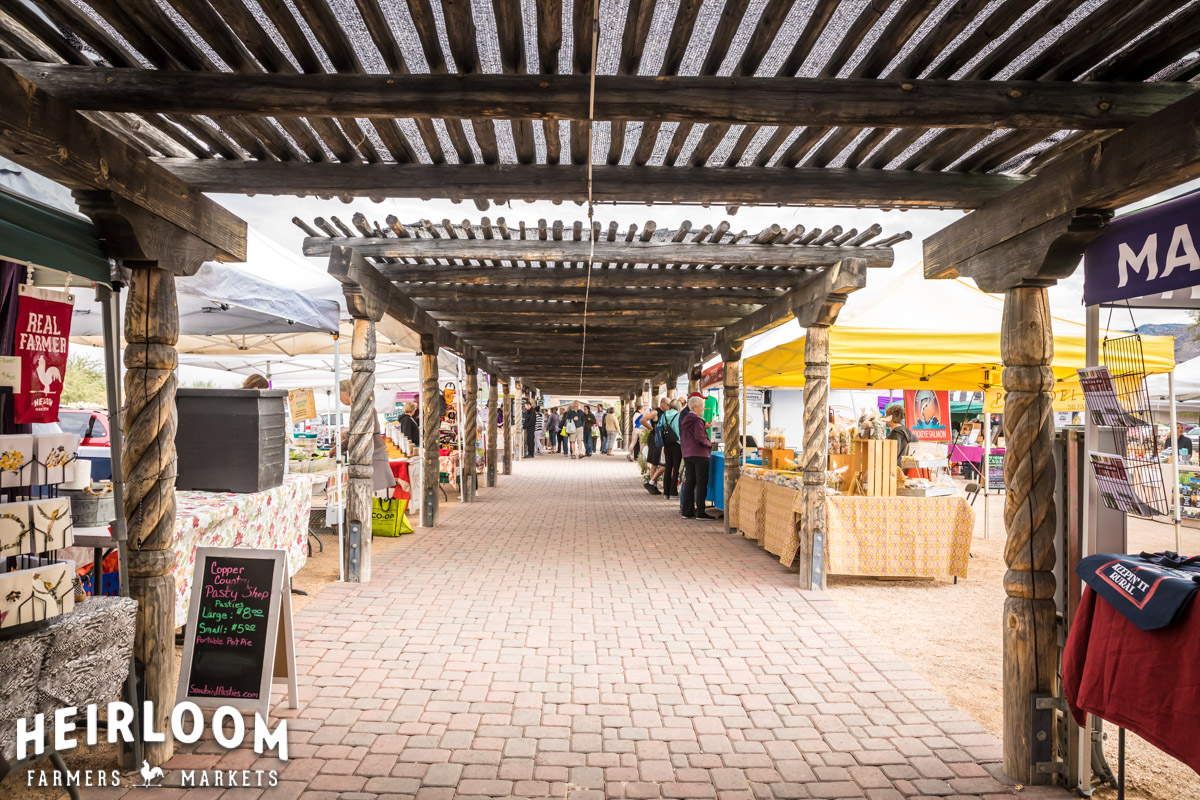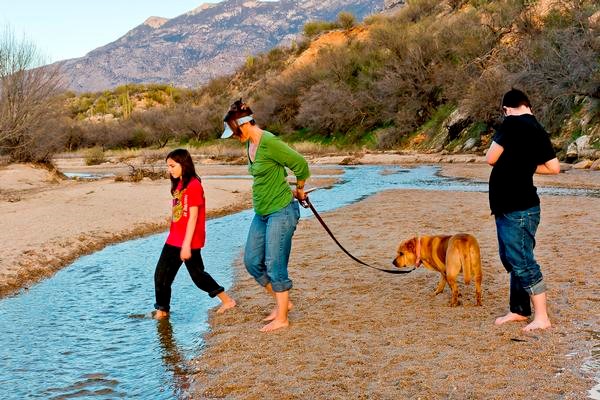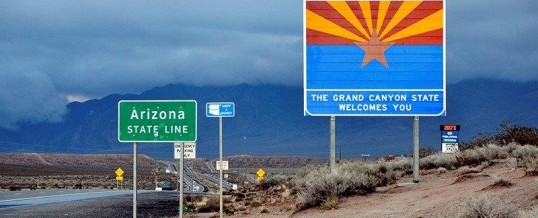Tumamoc Hill, Tucson https://youtube:lg9ya-5LRe8
Recently, the city of Tucson was recognized as one of ten cities in the United States that might actually benefit from the Caronavirus Pandemic because of its livability, open spaces, climate, and ability to handle growth. People and companies who may move to Tucson to escape large cities will be the newest in a long line of human dwellers in the area. Tumamoc Hill is a great example of what makes Tucson so special and so inviting for people who may be looking to move to the Tucson area.
Tumamoc Hill is a living laboratory of both the desert and human history in this area on the edge of downtown and has been a place of continual research since 1903. Tumamoc and the surrounding area along the Santa Cruz River is remarkable in that it is the longest continually inhabited site in the United States. Radiocarbon dating shows that there was maize cultivation over 4,000 years ago. About 2500 years ago a settlement was built on the hill and farming at the base of the hill supported Hohokam settlements. In the 18th century, the Spanish established Mission San Augustin del Tucson near the base of the hill.
Tumamoc Hill has reopened as of May 25th and is open from 4 a.m. to 10 p.m. daily.





 How Does a Reverse Mortgage Work – Definition & Requirements
How Does a Reverse Mortgage Work – Definition & Requirements

 The data relating to real estate listings on this website comes in part from the Internet Data Exchange (IDX) program of Multiple Listing Service of Southern Arizona. IDX information is provided exclusively for consumers' personal, non-commercial use and may not be used for any purpose other than to identify prospective properties consumers may be interested in purchasing. Listings provided by brokerages other than SBRanchRealty are identified with the MLSSAZ IDX Logo. All Information Is Deemed Reliable But Is Not Guaranteed Accurate. Listing information Copyright 2020 MLS of Southern Arizona. All Rights Reserved.
The data relating to real estate listings on this website comes in part from the Internet Data Exchange (IDX) program of Multiple Listing Service of Southern Arizona. IDX information is provided exclusively for consumers' personal, non-commercial use and may not be used for any purpose other than to identify prospective properties consumers may be interested in purchasing. Listings provided by brokerages other than SBRanchRealty are identified with the MLSSAZ IDX Logo. All Information Is Deemed Reliable But Is Not Guaranteed Accurate. Listing information Copyright 2020 MLS of Southern Arizona. All Rights Reserved.